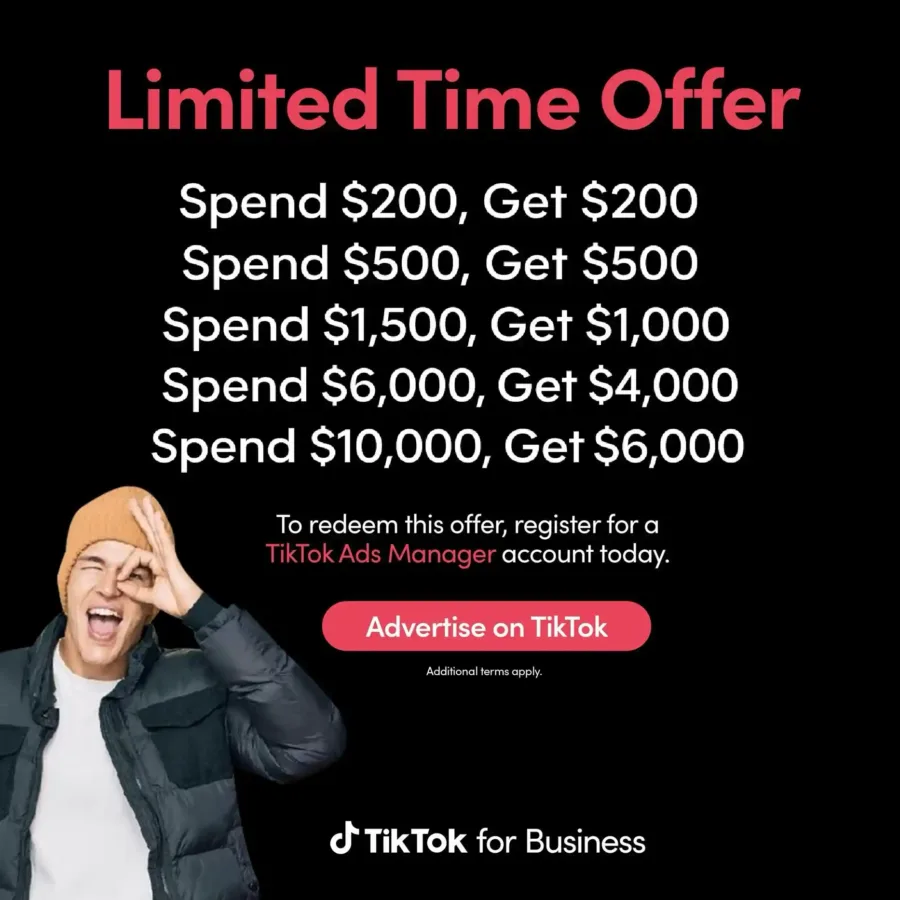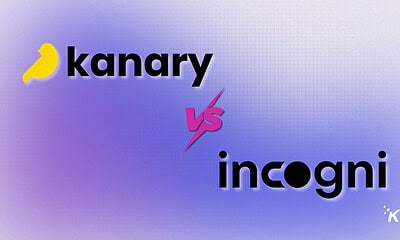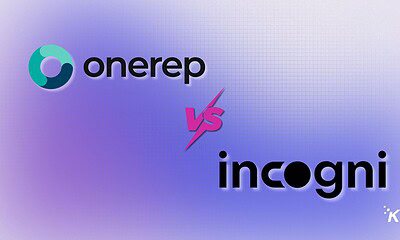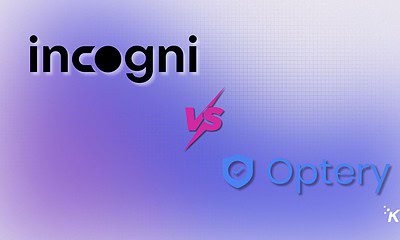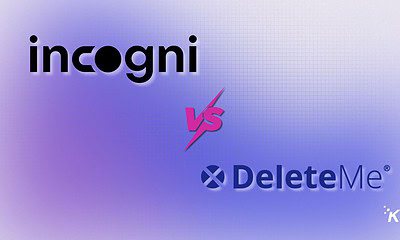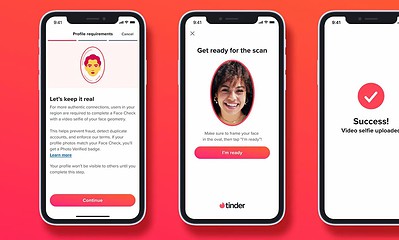Apps
How DoNotPay’s tech is cutting through the red tape of hidden fees
DoNotPay is revolutionizing consumer empowerment with AI, automating everything from gym membership cancellations to reclaiming forgotten funds and erasing genetic data from platforms like 23andMe.
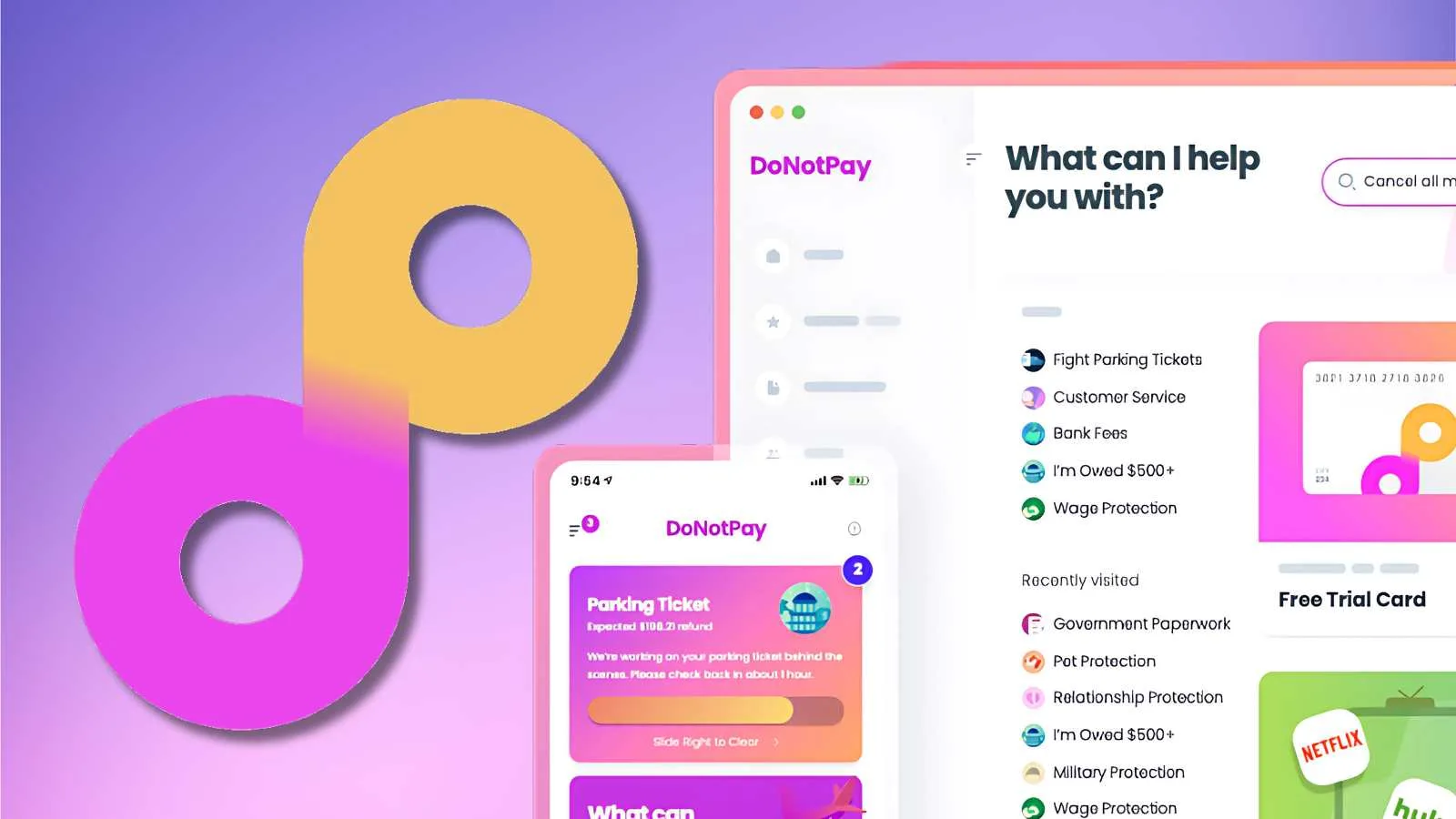
Just a heads up, if you buy something through our links, we may get a small share of the sale. It’s one of the ways we keep the lights on here. Click here for more.
For most people, dealing with customer service, hidden fees, or convoluted cancellation policies isn’t just a hassle—it’s a reminder of how much power is stacked against the average consumer.
The fine print always seems to favor the big guys, and the process is almost always harder than it should be.
DoNotPay set out to change that. What started as a simple chatbot for fighting parking tickets has grown into an ambitious AI-powered platform challenging the everyday injustices baked into modern bureaucracy.
With tools that tackle everything from gym membership traps to personal data privacy, DoNotPay’s mission is to make self-advocacy accessible, fast, and effective.
We sat down with Shining Wang, DoNotPay’s product marketing manager, to talk about building tech that puts people back in control—one automated task at a time.
What initially drew you to product management at DoNotPay, and how does working on their technology differ from traditional product management roles?
I moved from the UK to Canada in 2019 for university, and it was the first time I had to figure out how to be an adult. I started reading Reddit threads like r/LifeProTips just to learn how to deal with everyday things like calling customer service or getting better rates on bills.
One moment that really stuck with me was the Rogers outage on July 8, 2022. It affected over 12 million Canadians, and I ended up working from a subway station because it was the only place with WiFi. Even Starbucks didn’t have a connection.
That was when I realized just how powerless consumers can feel, and how little accountability big companies actually face.
My frustration with bureaucracy kept building. I was tired of waiting on hold, of writing formal letters just to cancel something, of feeling like the system was designed to wear people down. That’s what drew me to DoNotPay. I wanted to build tools using technology that empower people to fight back.
What makes DoNotPay so different from traditional product roles is how fast and personal it is. In a typical product job, you might spend weeks making PowerPoint decks. Here, when you experience an inconvenience yourself, you can turn it into a product the same week.
One of the first products I worked on was Outage Refund. It helps consumers automatically claim compensation from their internet or phone provider after a service disruption, something I wish had existed during the Rogers outage.
In addition, the team is small and incredibly motivated. It was my first time working with Stanford engineers, and I still remember when one of them discovered that racist language still exists in old property deeds in California.
We built and launched a tool to help remove it within days. At DoNotPay, we build tools for real people, solving problems that actually affect their lives.
Which DoNotPay products or features are you most directly involved with, and what’s the most challenging aspect of translating complex bureaucratic processes into user-friendly automation?
I’ve been involved in the Cancel Subscriptions product. During our research, we found out that Planet Fitness still requires people to mail in a physical letter just to cancel their membership. That was wild to me. It’s 2025, and you still have to physically go to a post office to stop paying for a gym you don’t even use.
So we built a tool that automates the entire process. The user just answers a few questions, and DoNotPay handles everything from generating the letter to automating direct mail.
They don’t have to leave the house or figure out formatting or postage. It saves time, money, and a lot of unnecessary stress.
One of the biggest challenges is that bureaucracy is designed to be confusing. We have to figure out all the fine print these different gyms use, what their specific cancellation policies are, and then find a way to automate the process.
The user shouldn’t have to Google anything; they just enter their details and press a button.
DoNotPay has expanded from fighting parking tickets to handling subscription cancellations, government paperwork, and beyond—what new product areas are you most excited about developing?
Right now, I’m really excited about a new app we’re developing called MissingMoney by DoNotPay.
Nearly 1 in 7 Americans have unclaimed cash being held by their state — things like old paychecks, security deposits, refunds — and most people don’t even realize it.
Even if they do, the process to find and claim it is tedious. You have to dig through multiple state websites, upload documents, and follow up.
We’re automating all of that. The app is completely free, and it does the hard work for you. You enter a few details, and we scan state databases to find money that belongs to you.
If we find something, we will help you claim it. It’s simple, fast, and one of those tools that can help consumers.
Q4. What user feedback or success stories have most surprised you, and how has that shaped your product development approach?
I regularly interview our customers on video, and one of the stories that really stayed with me was from a power user who’s been with us since 2020.
Over the past five years, he’s created nearly 1500 tasks on DoNotPay. It’s become a regular part of his life, almost like a personal assistant he can count on.
His favorite product is Find Free Samples. Our system scans the web for free samples from major brands and automatically reaches out to claim them on the user’s behalf.
He told me he’s received all kinds of free snacks and drinks, and during our video call, he actually held them up one by one with the biggest smile on his face.
You could see how much fun he was having with it. At DoNotPay, it’s all about building products that make people feel like they’ve outsmarted the system in a fun, simple way.
Q5. I noticed Joshua Browder recently posted about the 23AndMe data deletion tool. Can you walk me through how DoNotPay identifies these timely consumer protection opportunities and turns them into actual products so quickly?
At DoNotPay, we’re constantly tracking what people are frustrated by, whether it’s in the news, trending on Reddit, or coming directly from our users. That’s actually how we spotted the 23andMe situation.
After the data breach, people were asking how to delete their genetic data from the platform. It wasn’t easy. So within a few days, we built and launched a tool that walks users through the process and sends the deletion request automatically.
Because of how our team is structured, and many of our tools share the same backbone, for example, automated direct mail and fax, when we see a new issue, we can often come up with a working solution very quickly.
Wrapping Up
DoNotPay’s story isn’t just about apps or automation—it’s about giving people leverage in situations where they’ve traditionally had none.
Whether it’s helping someone get their money back after a service outage, claiming forgotten funds, or just canceling a gym membership without jumping through hoops, the team’s focus is always on solving the problems that make everyday life unnecessarily difficult.
What stands out most is DoNotPay’s willingness to move fast, listen to real users, and turn frustration into practical solutions.
They’re not building for hypothetical edge cases—they’re building for the moments we all recognize: wasted hours, unanswered calls, and systems that seem rigged to wear us down.
By simplifying the process and stripping away the fine print, they make it possible for anyone to stand up for themselves, no legal training required.
In the end, DoNotPay isn’t just fighting bureaucracy—it’s showing what happens when technology is used to put power back in the hands of regular people.
What do you think about using technology to fight hidden fees and confusing rules? Share your thoughts below or join us on Facebook and Twitter. We’d love to hear your story!
















